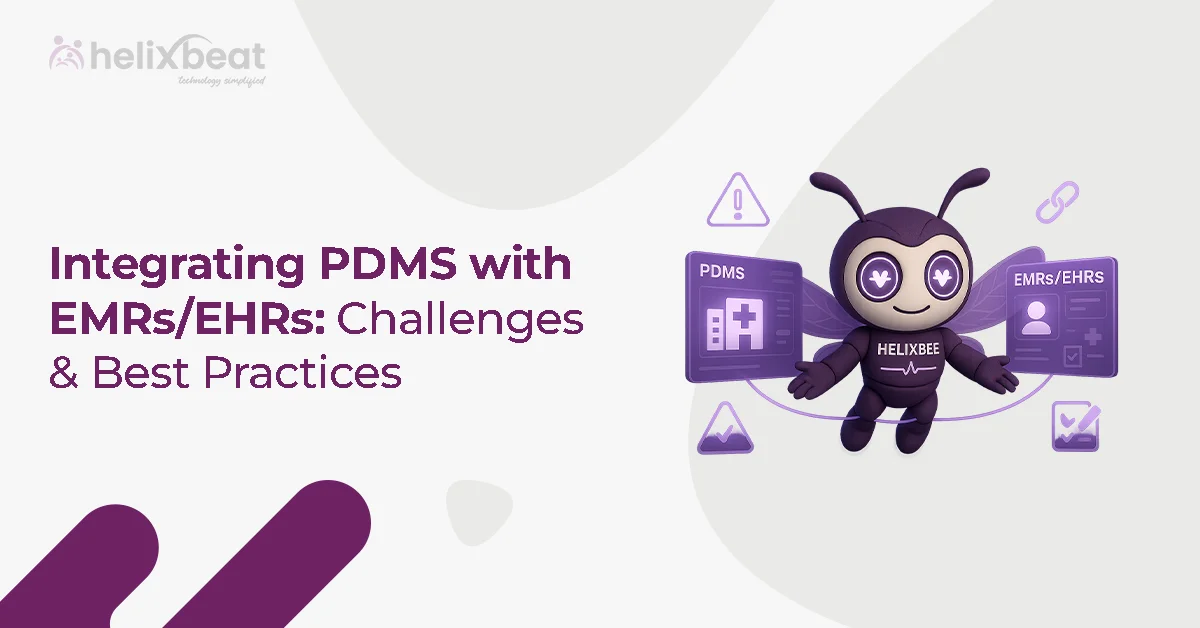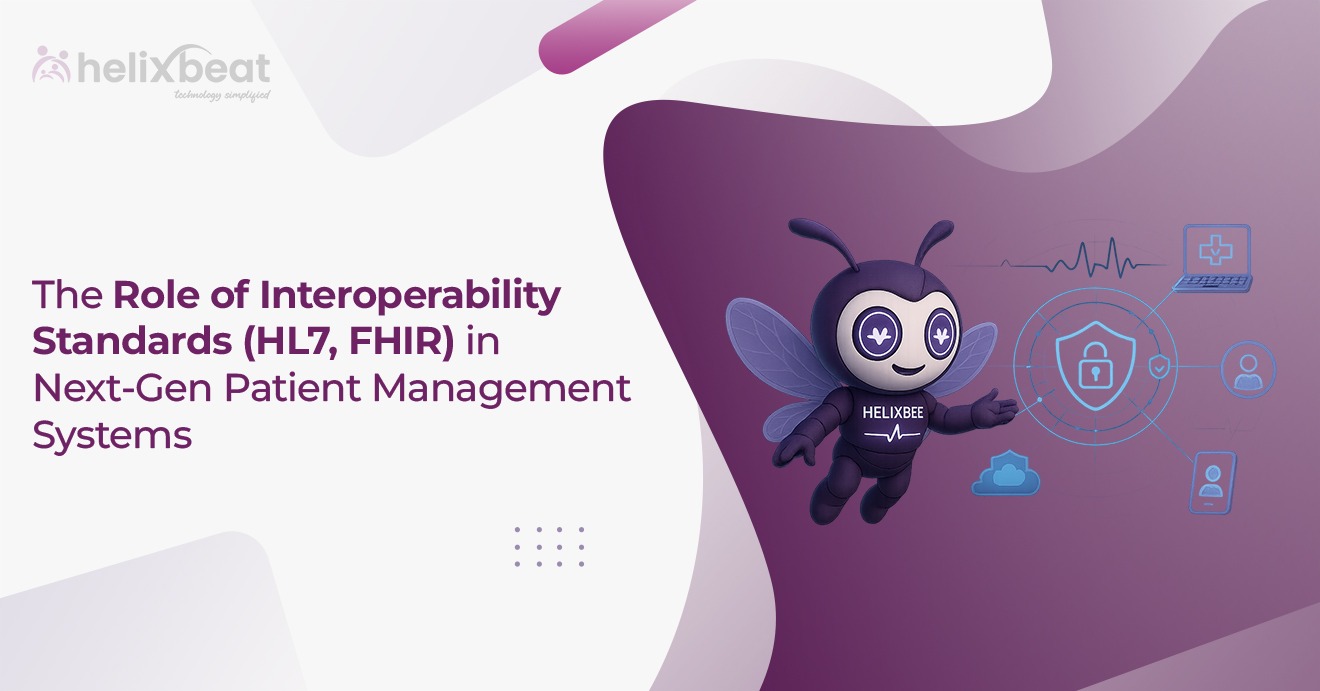Many companies today are expanding their digital presence by leveraging cloud software, mobile apps, and online tools to accelerate growth and better serve their customers. This shift is called digital transformation. However, as businesses transition to digital operations, they also become increasingly vulnerable to cyber threats, including hacking, data theft, and online fraud.
Let’s take an example. A company launches a new app to enhance customer connections. However, without strong cybersecurity and compliance measures in place, that app becomes vulnerable to hacking, and customer information is compromised. This leads to loss of trust, legal problems, and even financial damage. In fact, a report by Deloitte found that 8 out of 10 businesses face cyberattacks during digital transformation.
That’s why cybersecurity in digital transformation is not something to think about later; it must be part of the plan from day one. Here, you’ll understand why cybersecurity matters, the challenges it brings, and how to deal with those challenges.

Table of Contents
Overview of Cybersecurity in Digital Transformation
Cybersecurity in digital transformation means protecting your data, systems, and networks as your business adopts new technologies. As companies shift to cloud services, digital tools, and automation, they become more exposed to cyber threats.
This is where cybersecurity and compliance play a key role. Cybersecurity helps prevent attacks like data breaches and ransomware, while compliance ensures you follow laws and industry rules. Together, they protect sensitive information and maintain customer trust.
Simply put, cybersecurity is a core part of digital transformation, not an add-on, but a necessity for safe and successful growth.
Importance of Cybersecurity in Digital Transformation
1. Protects Sensitive Business and Customer Data
As businesses move online, they store more data in digital systems like customer records, financial information, and internal operations. Without strong cybersecurity, this data is vulnerable to leaks or theft. A solid security strategy helps prevent breaches and keeps critical information safe. According to IBM’s 2024 report, 82% of data breaches involved data stored in the cloud.
2. Builds Customer Trust
Customers are more likely to engage with businesses that value their privacy and data protection. When cybersecurity and compliance are part of your digital transformation, it shows that you take their safety seriously, helping you earn and maintain their trust. A PwC survey found that 85% of consumers won’t do business with a company if they have concerns about its data practices.
3. Prevents Operational Disruption
Cyberattacks can shut down systems, halt operations, and lead to costly downtime. By prioritizing cybersecurity in digital transformation, businesses can reduce the risk of disruptions and keep operations running smoothly even in the face of threats. Gartner estimates that the average cost of IT downtime is $5,600 per minute.
4. Supports Regulatory Compliance
Every industry has rules around how data should be collected, stored, and shared. Failing to meet these rules can result in fines and legal issues. Cybersecurity helps businesses stay compliant with data protection laws like GDPR, HIPAA, and others. In 2023, GDPR fines alone totaled over €2.1 billion across Europe.
5. Enables Safe Innovation and Growth
Digital transformation allows businesses to grow faster, but only if it’s secure. With the right cybersecurity framework, companies can confidently adopt new technologies like cloud platforms or AI tools without exposing themselves to avoidable risks. Accenture reports that companies with strong cybersecurity programs grow 5x faster in digital innovation adoption.
4 Ways to Overcome Cybersecurity Challenges During Digital Transformation
To build a secure and scalable digital future, businesses must integrate cybersecurity and compliance into every phase of their transformation journey.
1. Start Security Early. Don’t Fix It Later
Many companies wait until the end of their digital projects to think about cybersecurity, which creates gaps. For example, Target faced a major data breach in 2013 due to a third-party vendor loophole that wasn’t secured early on. Today, businesses like Adobe have shifted to “secure by design” models, building security into every stage of their transformation journey.
2. Train Employees and Create a Security-First Culture
Human error remains one of the biggest risks. In 2021, Colonial Pipeline suffered a ransomware attack because of a compromised password. In contrast, Microsoft runs regular phishing simulations and employee training to keep their workforce alert. Teaching staff how to recognize threats is just as important as having the right tools.
3. Align Security with Business Goals
Some businesses view cybersecurity as a blocker to innovation. But companies like Salesforce show how aligning security with business strategy can lead to safer, faster growth. Their platform integrates security and compliance controls that match the needs of various industries without slowing down innovation.
4. Use Trusted Partners and Technologies
Choosing the right cybersecurity vendors and cloud providers makes a difference. Netflix, for example, partners with AWS and uses multiple layers of security to protect user data while scaling their digital operations globally. Working with reliable tech partners helps reduce internal workload and improve protection standards.
Benefits of Cybersecurity in Digital Transformation
When businesses begin their digital transformation journey, the goal is to improve efficiency, scalability, and customer experience. But without strong cybersecurity and compliance, this progress can quickly be undone by data breaches, cyberattacks, or regulatory violations.
Here are the key benefits of integrating cybersecurity into digital transformation:
1. Stronger Data Protection: Protects sensitive business and customer information from breaches, leaks, and misuse across digital platforms.
2. Regulatory Readiness: Helps organizations meet industry standards and legal requirements like GDPR, HIPAA, or PCI-DSS, avoiding penalties and reputational damage.
3. Increased Customer Confidence: Builds trust by showing customers their personal and financial data is handled with care and modern security practices.
4. Reduced Risk of Downtime: Prevents cyberattacks that can bring systems to a halt, leading to more reliable business operations and fewer interruptions.
5. Faster Innovation Cycles: With security in place, teams can adopt and scale new technologies confidently, knowing risks are being actively managed.
Advancement of Cybersecurity in a Digital Transformation
As businesses continue to adopt advanced technologies, the future of cybersecurity in digital transformation will be shaped by smarter tools, stricter regulations, and more proactive defense strategies.
Here’s what to expect:
1. Rise of AI and Machine Learning in Threat Detection
Cybersecurity is moving from reactive to predictive. With AI and machine learning, systems can now detect unusual behavior in real time and respond faster than human teams. For example, Darktrace uses AI to learn what’s “normal” for a company’s network and automatically identifies threats before they cause harm. This shift is helping companies stay ahead of increasingly sophisticated cyberattacks.
2. Growing Adoption of Zero Trust Architecture
The traditional “trust but verify” model is no longer enough. Zero Trust assumes that no user or system—inside or outside the network—is trusted by default. Tech giants like Google have already adopted Zero Trust models in their internal security strategy, known as BeyondCorp, which allows employees to work securely from anywhere without relying on VPNs.
3. Compliance Will Be Built Into Digital Platforms
As data privacy laws evolve, businesses will need tools that help them stay compliant automatically. Platforms like Salesforce and Microsoft 365 are already embedding compliance checks and reporting features into their systems. This trend ensures that cybersecurity and compliance become part of daily operations, not just a periodic audit task.
At Helixbeat, we understand that digital transformation is not just about adopting new technology; it’s about doing it securely and responsibly. That’s why our cybersecurity and compliance services are built to support businesses at every stage of their transformation journey.
How Helixbeat Secures Your Digital Transformation with Cybersecurity and Compliance
At Helixbeat, we help businesses grow digitally without compromising security. Our cybersecurity and compliance services are designed to protect your systems, data, and customers as you adopt new technologies. From cloud migrations to process automation, we make security a core part of your digital transformation.
We offer real-time threat detection, secure data handling, and built-in compliance tools that align with global standards like GDPR and HIPAA. Whether you’re a startup or a large enterprise, Helixbeat customizes its approach to fit your unique needs.
With Helixbeat, cybersecurity in digital transformation becomes a strategic advantage, not an afterthought. Let’s grow your business with safe and smart technology. Get a custom quote from Helixbeat now.
FAQ:
1. What are compliance controls in cybersecurity?
Compliance controls are specific policies, procedures, and technical safeguards used to meet legal, regulatory, and industry standards for data protection. These include access controls, encryption, audit logs, and regular risk assessments that help businesses align with regulations like GDPR, HIPAA, or ISO standards.
2. Why is compliance important in cybersecurity?
Compliance is important because it ensures businesses follow data protection laws, which reduces the risk of legal penalties, reputational damage, and security breaches. It also builds trust with customers and partners by showing that the organization takes data privacy and cybersecurity seriously.
3. What is the role of cybersecurity in digital transformation?
Cybersecurity plays a critical role in protecting digital systems, applications, and data as businesses adopt new technologies. It helps prevent cyber threats, supports safe innovation, and aligns with compliance requirements, making sure the digital transformation journey is secure and sustainable.
4. What is cybersecurity in digital technology?
Cybersecurity in digital technology refers to protecting digital devices, software, cloud platforms, and networks from unauthorized access, attacks, and data loss. It includes firewalls, encryption, multi-factor authentication, and other tools to keep digital operations safe.
5. What is the purpose of cybersecurity in the digital era?
The purpose of cybersecurity today is to defend digital infrastructure from growing threats, protect personal and business data, and support secure digital growth. As more businesses rely on digital tools, cybersecurity helps maintain trust, stability, and resilience in the digital world.














